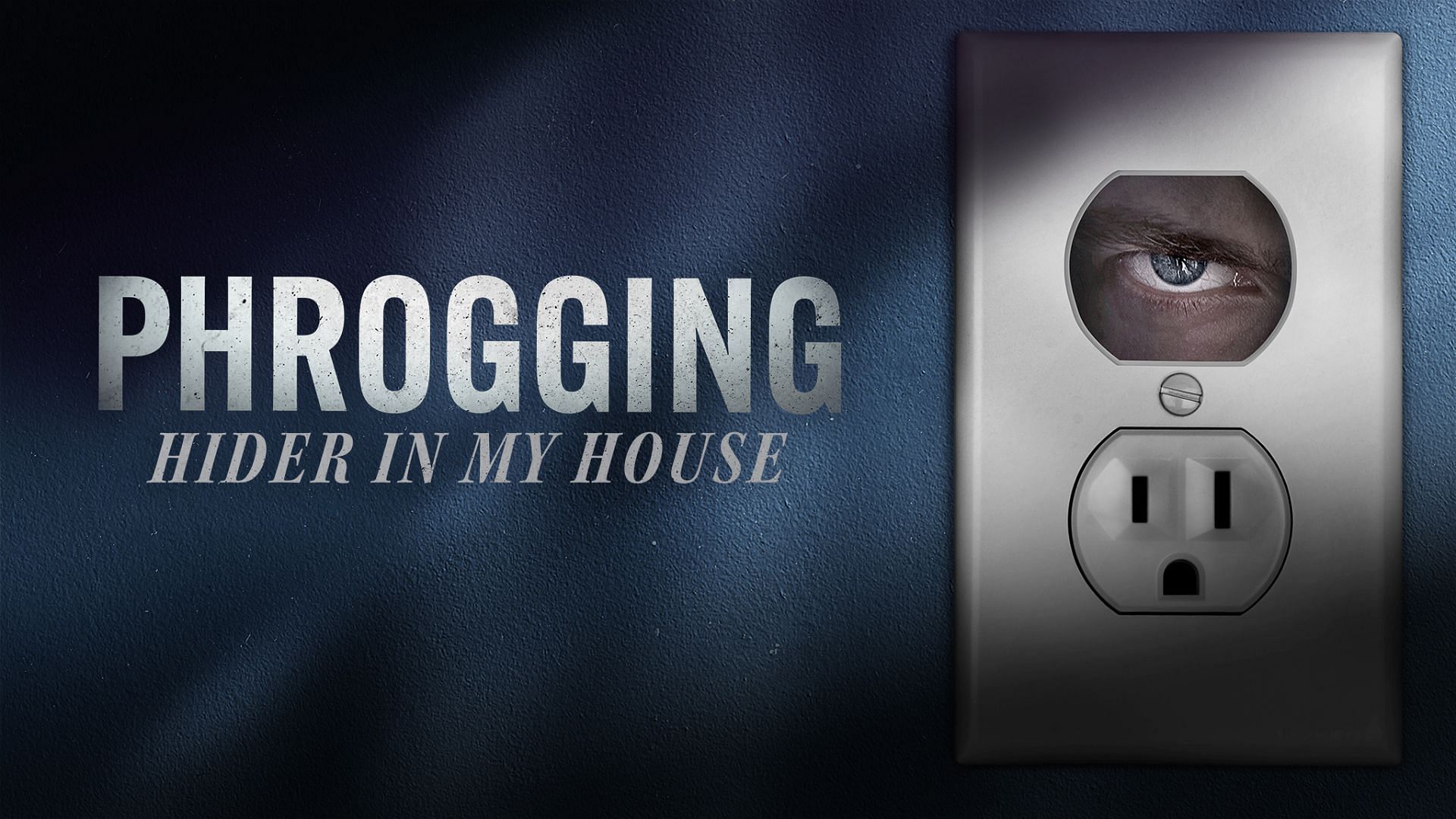What Exactly is Phrogging and Why is it Alarming?
What Exactly is Phrogging and Why is it Alarming?
Blog Article
Envision finding that somebody has been privately residing at home without your knowledge. This unnerving phenomenon is known as "what is phrogging" (pronounced “frogging”). The word derives from the idea of a "frog" moving from one place to some other, as phroggers often occupy different houses quickly while outstanding undetected. While it could seem like something out of a fear film, phrogging is really a true and significantly reported issue.

What Is Phrogging?
Phrogging identifies the act of somebody secretly surviving in another person's house, usually without their consent or awareness. A phrogger might stay static in hidden places such as for example attics, basements, crawl spots, sacrifice rooms, as well as underneath furniture. They rely on the homeowner's neglect to check on these places, frequently going in and out stealthily in order to avoid detection.
Phroggers don't tend to remain in a single area for long. That transient conduct means they often go unnoticed for long intervals, using their host's food, energy, and different sources without permission.
Why Is Phrogging on the Rise?
While formal information on phrogging is limited, historical evidence and media reports recommend a growth such cases. A combination of factors has led to this development:
• Financial hardship has remaining many persons fighting homelessness, major some to get abnormal shelter.
• Greater, multi-story properties frequent in today's suburbs give ample covering areas for would-be phroggers.
• Homeowners' increasing dependence on electronic tools like smart locks and motion detectors might unintentionally result in neglect of periodic, bodily inspections of their homes.
How exactly to Protect Your Home
To guard yourself and your home from phrogging, consider these protection methods:
1. Normal Inspections
Conduct schedule checks of your property's less frequented places, such as attics, basements, and storage spaces. These locations tend to be perfect areas for concealment.
2. Use Monitoring Cameras
Mount protection cameras in and around your home. Cameras with movement recognition can attentive one to dubious task, even in low-traffic areas.
3. Protected All Access Items

Lock windows, doors, and any secondary entrances to stop unauthorized access. Ensure spare keys are hidden safely or entrusted simply to persons you trust.
4. Keep Observant
Focus on strange signals like food going lacking, disturbed goods, or unusual noises. These could show someone is residing in your home.
While phrogging may appear like an unusual incidence, their increase underscores the importance of heightened house awareness. By keeping cautious and getting proactive steps, you can somewhat minimize the risk of experiencing that unsettling danger.
Report this page